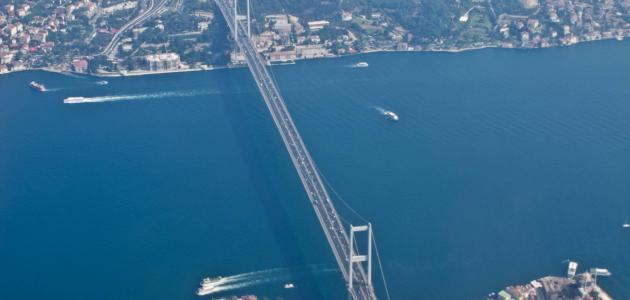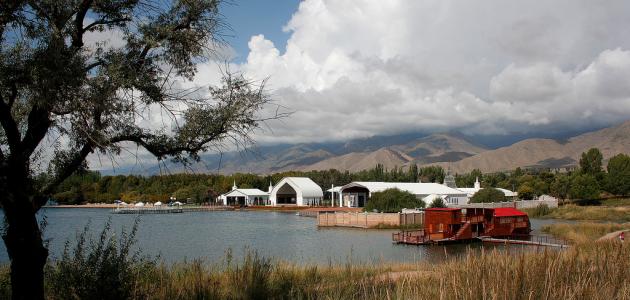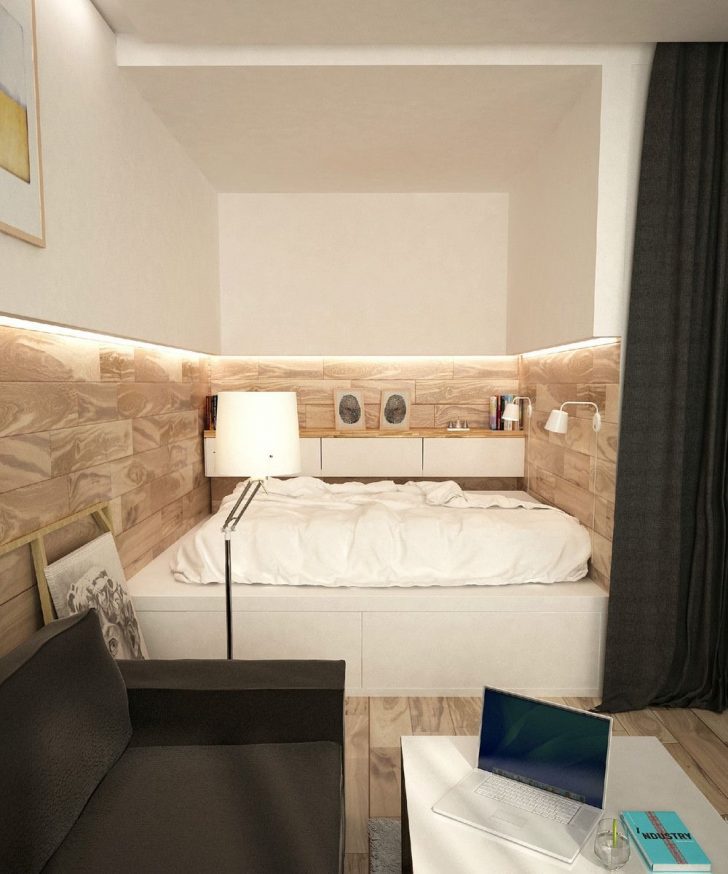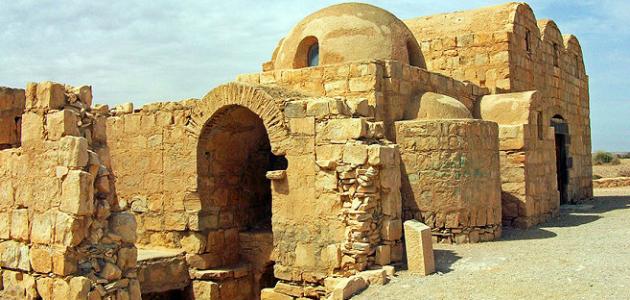Table of Contents
Tabuk Fort
Tabuk Castle is one of the most important monuments found in the Tabuk region, and it is one of the stations of the Shami Hajj Road that runs from the Levant to Medina, which was built in 1559 AD (976 AH), and the castle was renewed in 1370 AH, as it consists of two floors, it contains The first floor contains a square, a number of rooms, a well, and a mosque. As for the upper floor, it contains an open mosque, rooms, and stairs leading to the towers that were used for guarding and observing in the past.
Al-Muwailih Castle
Al-Muwailih Castle is located in the town of Al-Muwailih in the Tabuk region, and this name was named after the eyes of water in it, and the main goal of its construction was to secure pilgrims with supplies, water and ammunition, and to preserve their comfort and protection, given that the castle was located on the Egyptian pilgrimage route, as The castle contains two wells to protect the water resources of the pilgrims and a large courtyard inside a mosque.
Al Bada Oasis
Al-Biddah Oasis is located to the northwest of Tabuk, which Ptolemy called (Eina). The oasis inhabited many nations before Christ, which indicates its commercial and agricultural prosperity. The ruins of Shoaib are considered to be the most important archaeological sites in the city of Al-Biddah, in addition to that they contain carved graves in The rock was built by the Nabataeans, and on the site of an ancient Islamic city known as Al-Malqta.
Taima effects
Taima is one of the oldest cities in the Kingdom of Saudi Arabia, and there are many monuments in it that indicate that it was inhabited by the Arameans, the Palais and other ancient civilizations, and one of the most important monuments found in the city of Taima, Tabuk, the stone of Tayma – currently found in the Louvre Museum – It contains inscriptions written in Aramaic, the fortress of Ablaq, the ancient wall of Tayma that surrounded it, and the palace of Zallum, and inscriptions dating back to ancient times have also been found.
Al Hijaz Railway Station
The Hejaz railway was built in the Ottoman era by the order of the ruler Sultan bin Abdul Hakim II in 1909 AD, and the aim of its construction was to serve the Two Holy Mosques and provide a means to transport pilgrims coming from Asia and Europe to the Two Holy Mosques in Mecca and Medina, in addition to strengthening ties between the countries of the Islamic world At that time, the most prominent stations of the Hijaz railway were: Tabuk, Medina, and Madain Saleh, and the station had a role in transporting pedestrians and supplies between Hijaz and Yemen when Britain captured the Suez Canal.
The importance of the historical city of Tabuk
Tabuk has enjoyed a distinguished historical position since ancient times, due to its distinguished geographical location, its natural diversity and its location on the coast, and this helped the diversity of civilizations in the past in it, since man inhabited it for several centuries BC and this appears in the antiquities found in Tayma which refer to civilization between Mesopotamia, The Nabataeans, the Edomites, and Thamud also inhabited it, and found cities in it like the ruins of Shoaib, the village of Al-Hajriya, and Bir Hedaj. The Islamic era represented by the Mamluk and Ottoman era also played a role in building the castles of Tabuk as the Alhambra Castle, the King Abdul Aziz Castle, the Tabuk Castle, and the Muwailih Castle.








